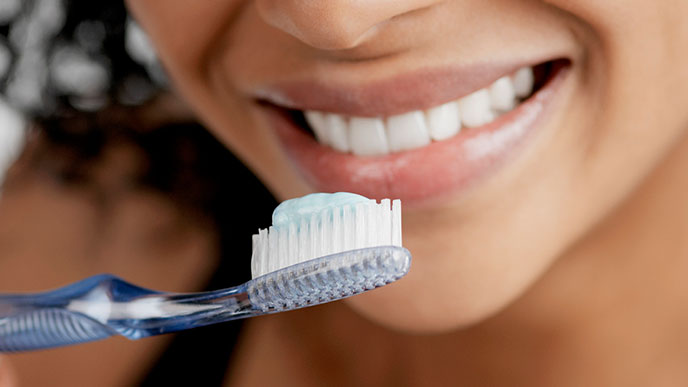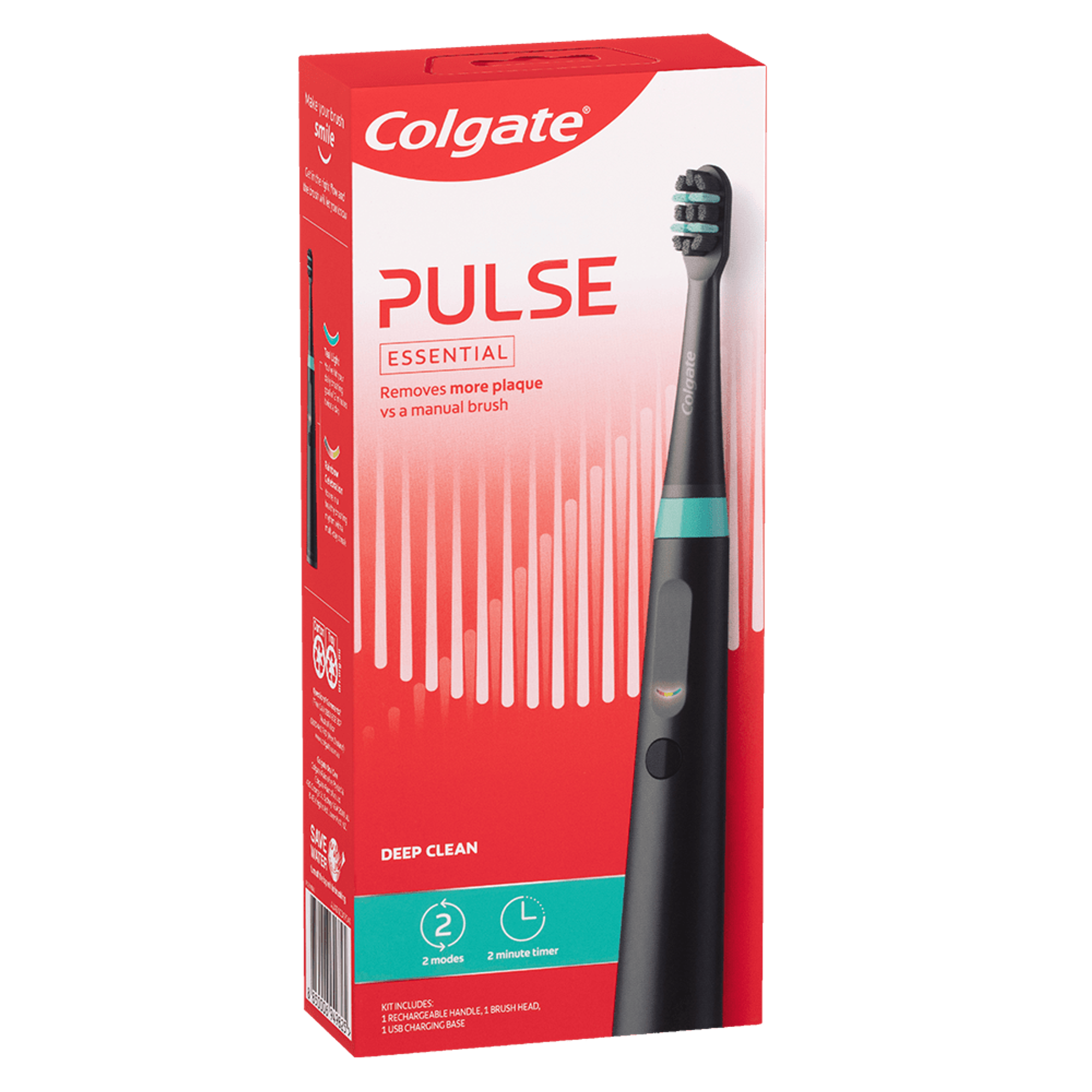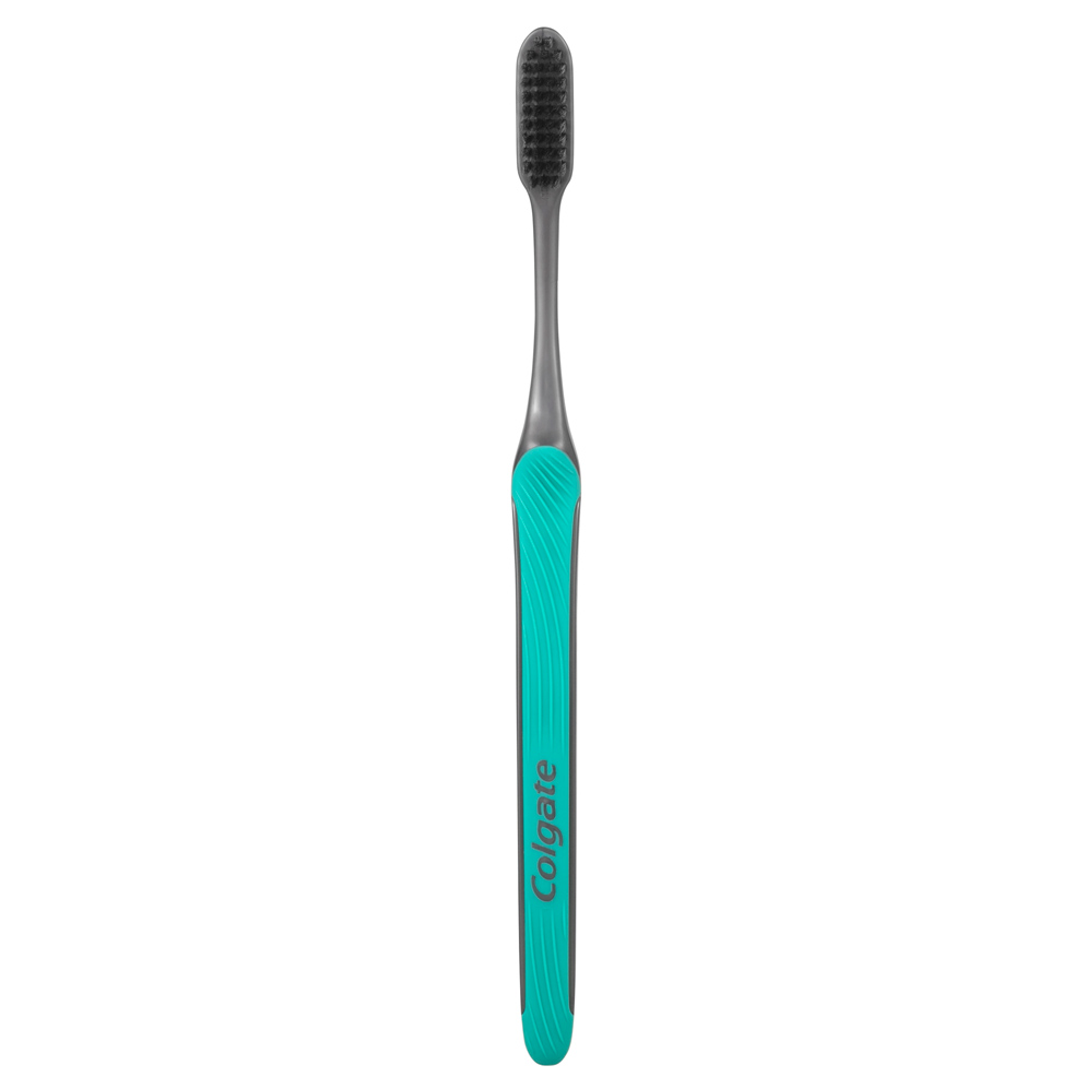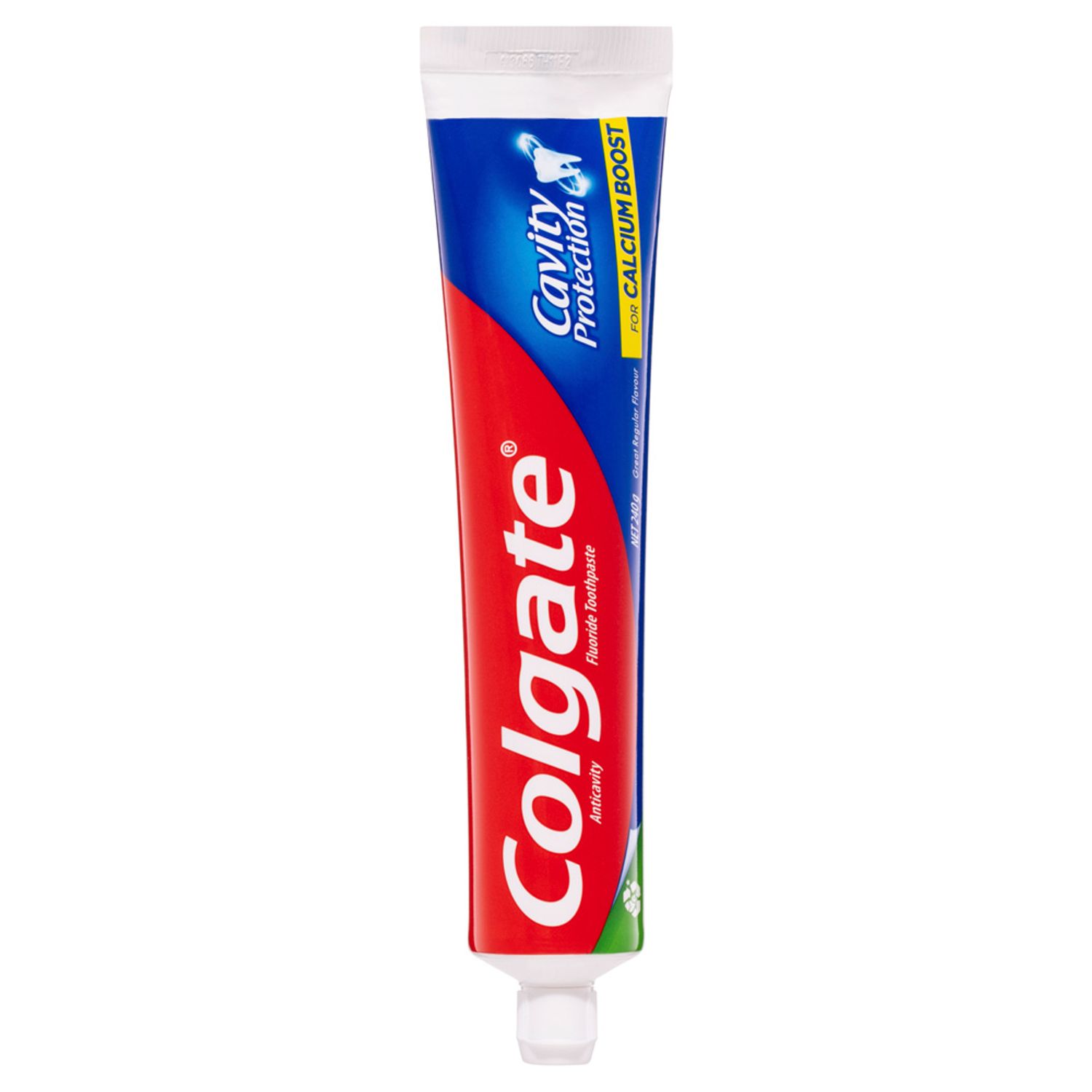Finding the best floss for you is not a test. True, there are a lot of varieties available. But it simply a matter of experimentation until you find one that works for you. And, it’s worth the effort. Although dental floss is overlooked by many, it’s a downright important part of your oral hygiene routine. The Australian Dental Association (ADA) recommends flossing at least once a day (in addition to brushing twice a day) to care for the health of your teeth and gums. Still, you might find some flosses less comfortable or even difficult to use, so it’s essential to understand the difference between the types available.
Nylon vs monofilament
The most common material for woven dental floss is nylon. In fact, the vast majority of flosses are created using tiny filaments of nylon woven together to create one stronger, flat strand. This is called ‘multifilament floss’, and although it is comfortable for most users, it can break and fray with time. Another choice is ‘monofilament floss’. As the name suggests, it’s made from just one strand of more robust material – usually Teflon or polytetrafluoroethylene. Monofilament floss can typically glide between teeth more easily and is more resistant to fraying.
Which material floss is right for you? It’s really about which one is most comfortable, so it just requires a little trial and error. There’s no rush; choose one and see how you go.
Waxed vs unwaxed floss
Another variable you’ll notice on floss packaging is whether the floss comes waxed or unwaxed. The former has been treated with a thin coat of wax to make it easier to glide between the teeth. Unwaxed floss squeaks against clean teeth to indicate you’re successfully collecting plaque. Again, it’s personal preference – whichever feels the most comfortable for your daily use.
Shape vs flavour
As you dispense floss from different containers, you’ll notice it comes in multiple shapes and sizes. Round floss is common (and one of the first incarnations of floss). If your teeth have tight contacts, you may prefer the manoeuvrability of flat floss instead.
Floss also comes in different flavours, such as mint. As with most oral hygiene products, the one you can – and will – use comfortably is generally the most effective, mainly because it encourages you to be consistent.
Flossing technique
If you struggle to grip strand floss, you can purchase floss picks, which have both woven and unwoven material strung between two tines and attached to a handle. This makes flossing easier for those with reduced dexterity.
When flossing, use the following technique:
- Measure out about 45 cm of floss and stretch it taut between your thumbs and index fingers, leaving about 3 cm between (you may have to wind some excess around your middle fingers, so it doesn’t slip off).
- Gently curve the floss around the base of each tooth. Move the floss up and down each tooth on either side of the space, making sure you push gently below the gum line to remove bacterial build-ups.
- Never snap or force the floss, as this could damage your delicate gum tissue.
- Use clean sections of floss as you move between teeth so you don’t reinsert the same germs into other areas of your mouth.
- After flossing, rinse well to eliminate any lingering plaque, and discard the floss after each use.
If you’re still unsure of the floss that’s right for you, talk to your dental professional. In the end, the best floss is the kind you know you will use at least once a day.
This article is intended to promote understanding of and knowledge about general oral health topics. It is not intended to be a substitute for professional advice, diagnosis or treatment. Always seek the advice of your dentist or other qualified healthcare provider with any questions you may have regarding a medical condition or treatment.














